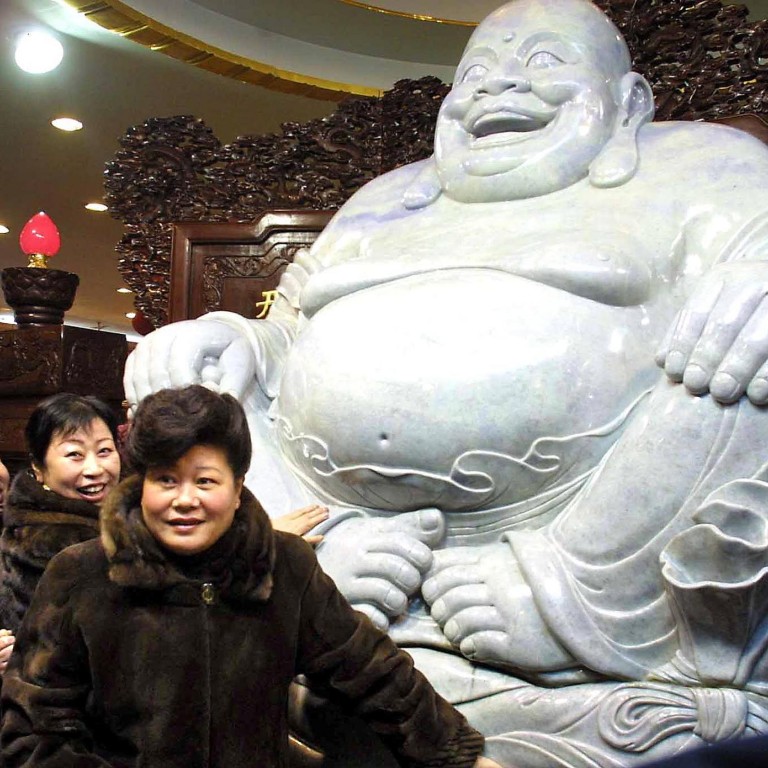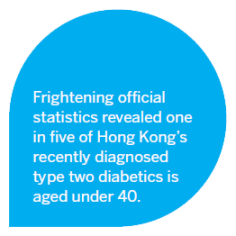
Then & now: running to fat
The fuse of China’s obesity time bomb was lit during recent, remembered eras of haunting privation, writes Jason Wordie
To no one’s surprise, an obesity epidemic has emerged in recent years in Hong Kong and on the mainland.
The impact of a Westerninfluenced, generally more abundant diet becomes more widespread each year. Porky children are a distressingly common sight – on the mainland weight-loss camps are now a growth industry as parents appear unable to control their pampered offspring’s food intake.
While today being porky is socially scorned, it wasn’t always so. In the 1920s, brightly coloured advertisements targeting affluent Chinese consumers pushed manufactured products such as cereal, tinned or powdered milk and gripe water. The ads depicted unfeasibly rotund, dimple-cheeked little bunters who rejoiced in whatever yummy item mummy had brought home for them.
Across the Chinese world, the Maitreya Buddha is a symbol of good fortune; a supposed incarnation of the Chinese monk Hotei, Maitreya is usually depicted as the Laughing Buddha. However, many generations know him as the Big Belly Buddha due to his girth, and Maitreya is most commonly recognised in this form.
As ever with popular Chinese folk beliefs, practical motivations underpinned the veneration of this joyful deity with an eternally full belly. Popular tradition still maintains that rubbing Maitreya’s belly will bring good fortune but, in earlier times, this gesture represented hope for a permanently full stomach.

Positive depictions of gross obesity were particularly significant in 20s China, where for the overwhelmingly poor population only “a few coppers separated starvation and a full stomach”, noted long-term Peking resident and writer Juliet Bredon.
Intermittent food shortages were a fact of life for most Chinese until very recently. Hong Kong’s older generation, who personally knew hunger – or, at the least, frequent nutritional shortcomings – are happy to see their grandchildren pile on the pounds.

Soy-sauce rice, lard rice and other poverty-era foodstuffs haven’t – as yet – made their way onto some laboriously compiled list of Hong Kong’s “intangible cultural heritage” food items. But given time, they probably will … Due to long working hours, extended commutes and conflicting schedules, contemporary Hong Kong families seldom sit down to a homecooked meal together. Popular images of an extended family merrily chowing down healthy, tasty, homecooked food around a circular table are more a feature of the past – and the idealised world of Cantonese television dramas – than modern reality.
Children unused to regular, nutritionally balanced evening meals at home tend to graze during the day on tasty but unhealthy foods at school. When, in Form Three, students are allowed to independently leave school grounds for lunch, the available options are usually loaded with sugar, salt and fat. All mammals are genetically programmed to crave these items, and they are scoffed down with disastrous results.
Hong Kong – a developed economy – still does not have a city-wide school lunch programme detailing what is served in canteens at what price, the consequences of which will surely lead, as the evidence already suggests, to a burgeoning public health disaster in the coming decades.

